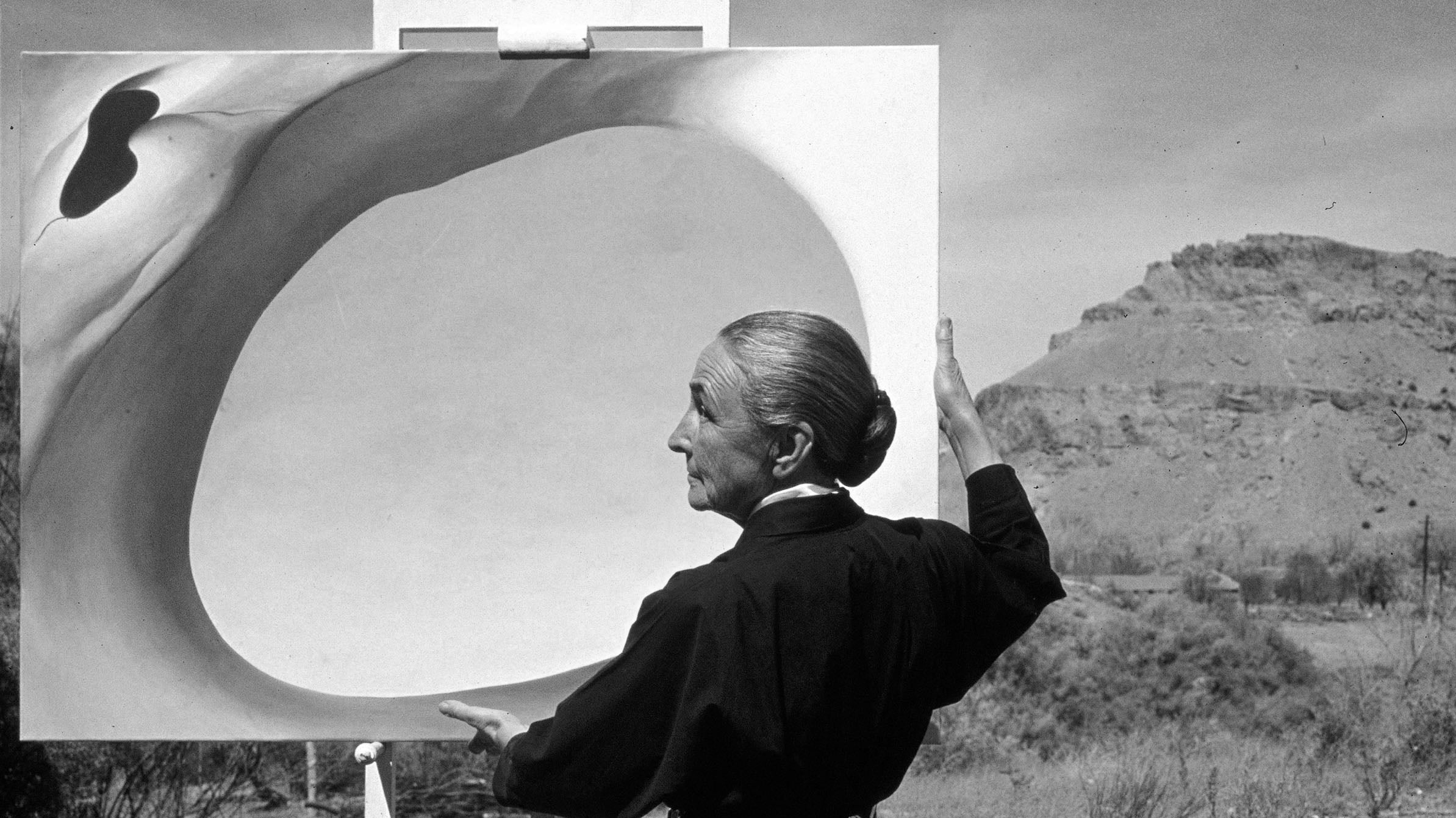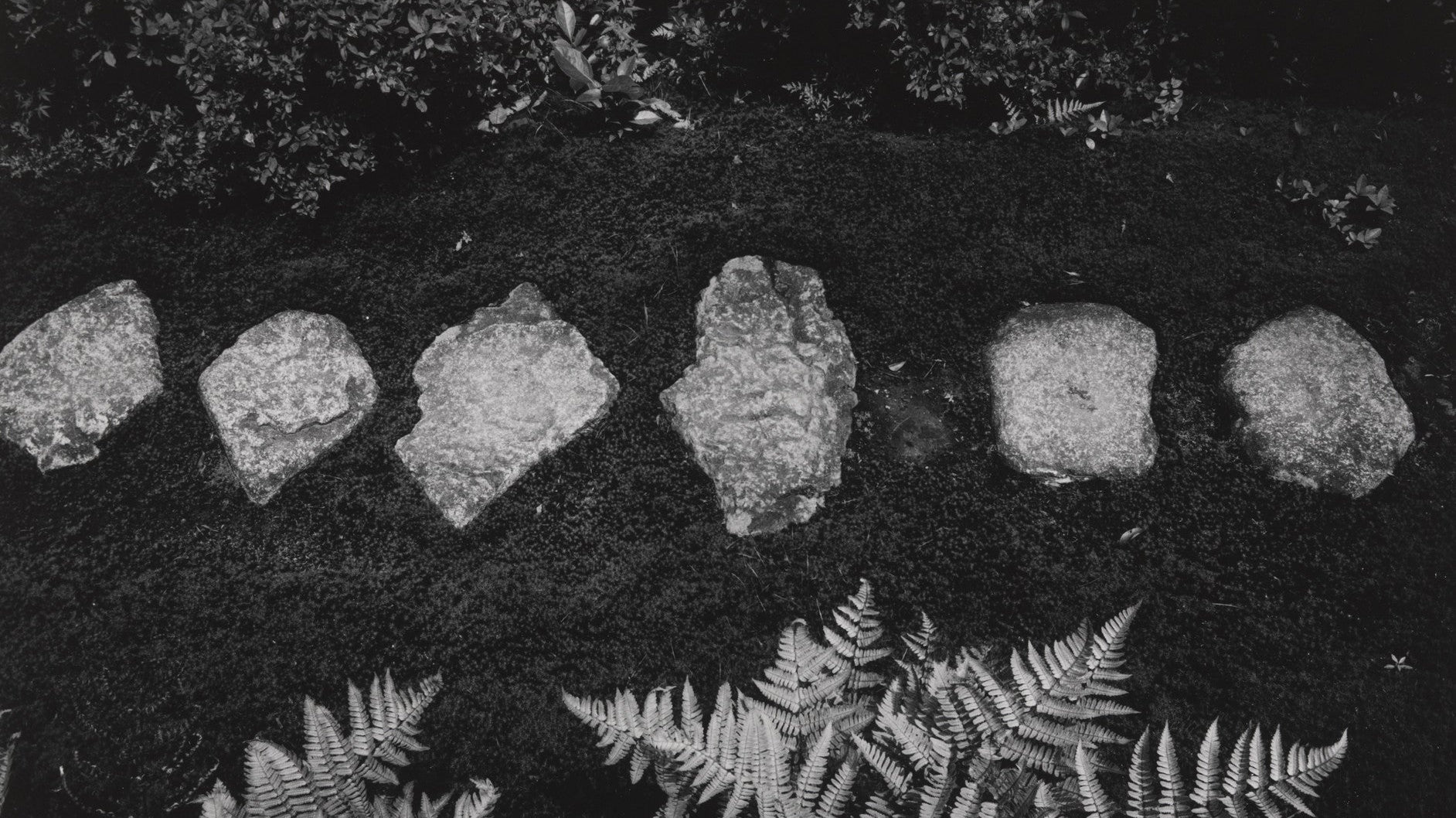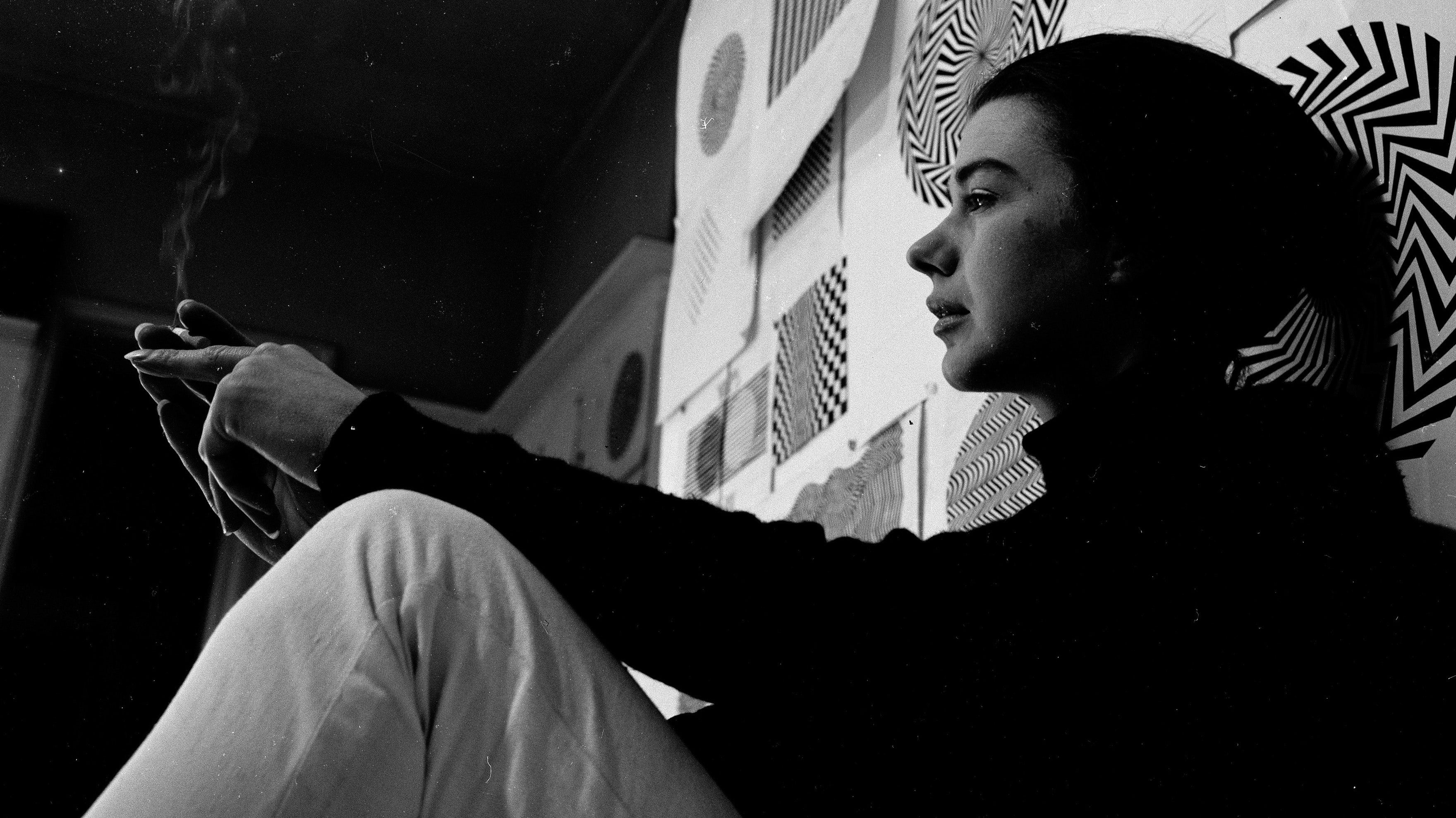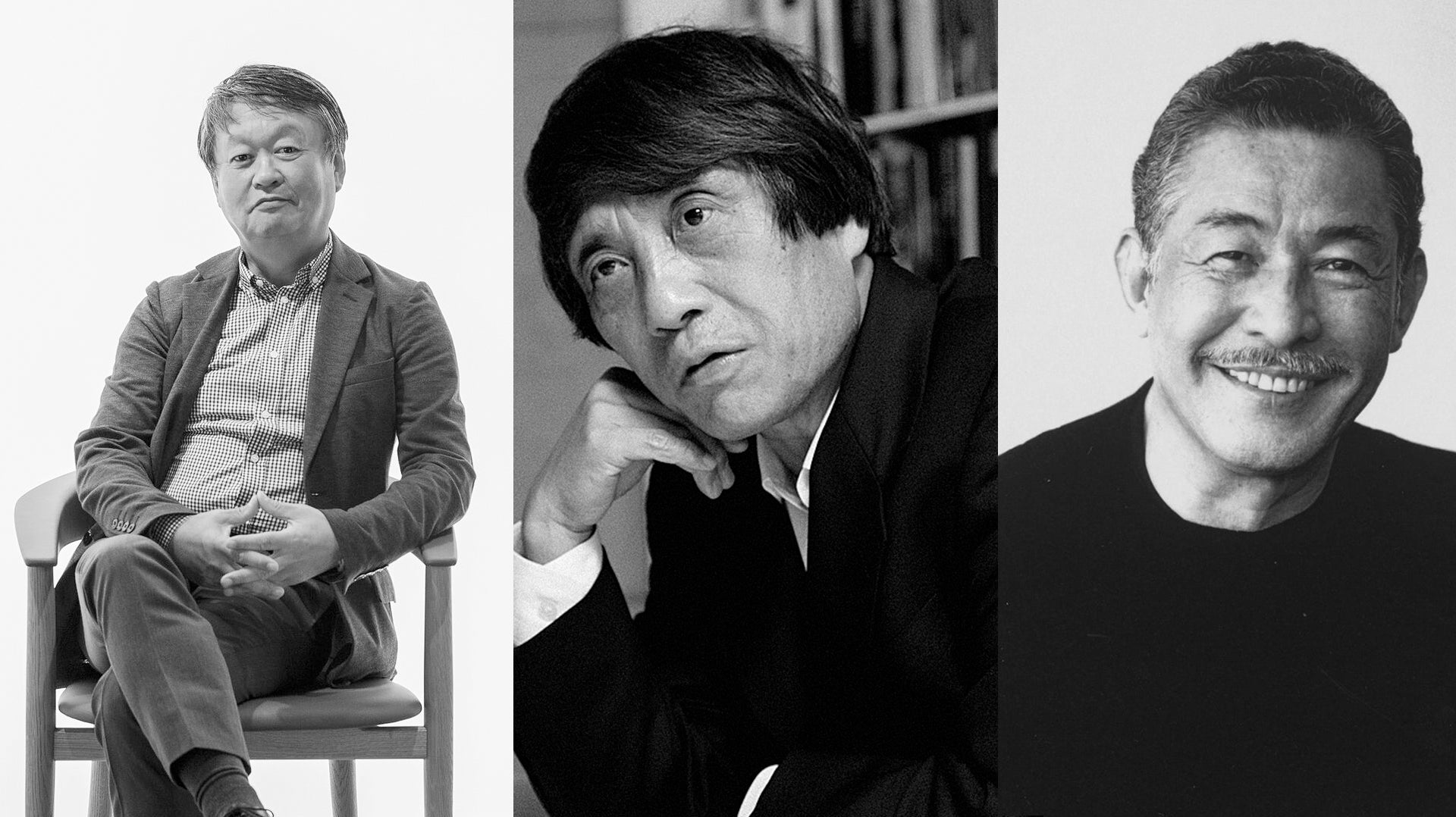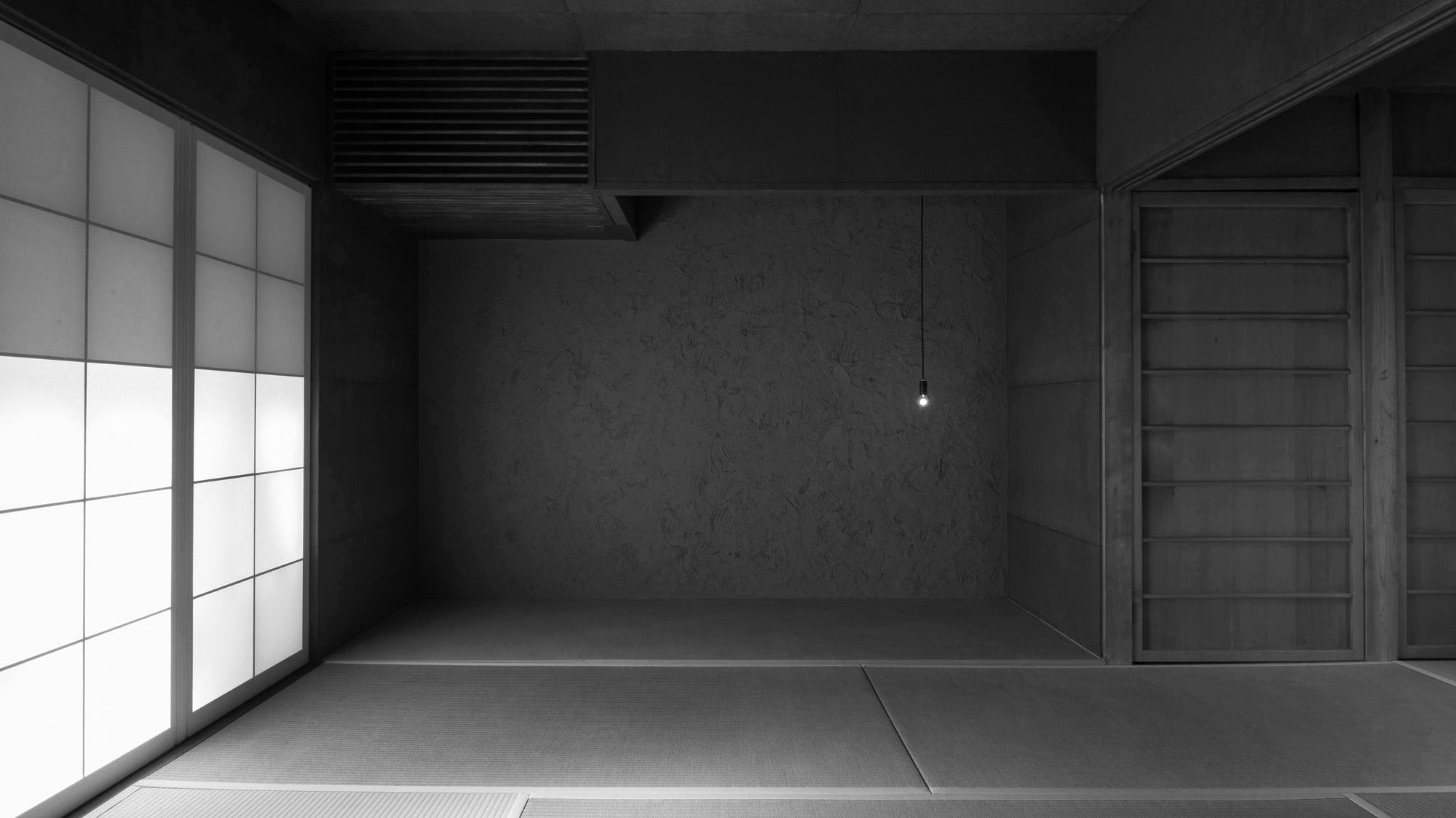(7 Japanese Aesthetic Principles to Embrace Wabi Sabi - dans le gris)
Wabi Sabi is a unique Japanese aesthetic philosophy that celebrates the beauty found in imperfection, simplicity, and the transience of life. While it is a fundamental concept in Japanese culture, expressing the essence of Wabi Sabi can be challenging for many. Fortunately, Zen philosophy outlines seven aesthetic principles that can be used to embrace the concept of Wabi Sabi. By exploring these principles, we can develop a framework for appreciating and understanding this unique approach to beauty and aesthetics. This article will delve into the seven Japanese aesthetic principles to gain a deeper understanding of the Wabi Sabi philosophy.
(7 Japanese Aesthetic Principles to Embrace Wabi Sabi - dans le gris)
Fukinsei (不均斉): irregularity, asymmetry
Kanso (簡素): simplicity or elimination of clutter
Koko (考古): basic, weathered, and raw beauty
Shizen (自然): naturalness or originality
Yūgen (幽玄): a profound sense of mystery and depth in beauty
Datsuzoku (脱俗): a break from conventions and norms
Seijaku (静寂): a sense of calm and tranquility
(7 Japanese Aesthetic Principles to Embrace Wabi Sabi - dans le gris)
The elements of nature found in Japanese aesthetics, including the philosophy of Wabi Sabi, reflect the virtues of human character and proper behavior, suggesting that the arts can promote virtue and civility through appreciation and practice. Ethical connotations are thus inherent in the aesthetic ideals of Wabi Sabi and other Japanese art forms, permeating many aspects of Japanese culture. This deep connection between aesthetics and ethics suggests that appreciating Wabi Sabi and other art forms can lead to a more virtuous and civilized society. For a more profound appreciation and understanding of Japanese culture, it is vital to enhance the correlation between Wabi Sabi, other aesthetic ideals, and ethical values.
(7 Japanese Aesthetic Principles to Embrace Wabi Sabi - dans le gris)
The Seven Japanese Aesthetic Principles of Wabi Sabi
1. Fukinsei | 不均斉
Fukinsei is a fundamental principle of Wabi Sabi that refers to the concept of irregularity and asymmetry in design and composition. In Zen aesthetics, irregular and asymmetric elements are used to create balance and stability in a composition. This is because symmetry, regularity, or perfection can have limitations, whereas asymmetry, irregularity, or imperfection are limitless and natural.
By embracing the Fukinsei principle in design, one can achieve a more dynamic and compelling composition that breaks away from traditional notions of symmetry and uniformity. This approach celebrates the inherent imperfections and natural irregularities of materials and forms, adding a sense of uniqueness and authenticity to the design. An excellent example of this can be seen in the "enso", or "zen circle," which is commonly depicted in brush painting as an incomplete circle, symbolizing the imperfection that is an integral part of existence.
The concept of Fukinsei can be applied in various fields, from graphic design to architecture, where it can create a sense of harmony and balance by embracing the inherent imperfections and irregularities of design elements. It encourages designers to think outside the box and break free from rigid rules and standards, fostering a more fluid and organic composition.
(7 Japanese Aesthetic Principles to Embrace Wabi Sabi - dans le gris)
2. Kanso | 簡素
Kanso is a Japanese aesthetic principle that emphasizes simplicity and the removal of clutter. As stated by Dr. Koichi Kawana, "Simplicity means the achievement of maximum effect with minimum means." This principle promotes minimalism, subtlety, and a sense of tranquility, encouraging the elimination of any unnecessary elements to achieve a more harmonious and sophisticated design.
The Japanese aesthetic principle of Kanso can be defined as the admiration of simplicity, particularly in the field of interior design. This principle has been popularized by Marie Kondo, a Japanese essay writer who advocates for decluttering and keeping only items that spark joy. The Kanso principle has become a widely adopted mantra for designers seeking to create products that are both visually pleasing and functional without relying on excess or clutter. By embracing the principles of Kanso and Wabi Sabi, designers can create dynamic compositions that celebrate the imperfections and natural irregularities of materials and forms, resulting in unique and authentic designs.
The "less is more" philosophy has gained popularity in a wide range of fields, thanks to the Kanso principle. This Japanese aesthetic principle can be observed in various aspects of Japanese culture, such as art, architecture, and the Japanese tea ceremony. Japanese traditional architecture values simplicity, with a focus on clean lines and uncluttered design. The same principle is reflected in Japanese gardens, emphasizing simplicity, natural beauty, and harmony. However, Kanso cannot be fully understood in isolation. Its significance is only realized when integrated with the other six principles of Wabi Sabi and within the framework of the practice of Zen Buddhism. This highlights the distinct nature of the Japanese aesthetic.
(7 Japanese Aesthetic Principles to Embrace Wabi Sabi - dans le gris)
3. Koko | 考古
Koko is a principle of Wabi Sabi that embodies the essence of natural, weathered, and unrefined beauty. It values organic materials, imperfect forms, and rustic textures, inspiring us to appreciate the rawness and transience of life. By embracing this principle, we learn to celebrate the unique imperfections that make things authentic and one-of-a-kind. Koko serves as a reminder to value the beauty of simplicity and to cultivate a deeper understanding of the world around us, emphasizing the importance of living in harmony with nature.
In Japanese culture, Koko is reflected in various art forms, including pottery, calligraphy, and gardening. For instance, in pottery, the idea of Wabi Sabi is represented by the "beauty in the cracks," where the cracks in a piece of pottery are not disguised but highlighted as a unique and authentic feature. Another prominent example of the embodiment of Koko in Japanese art is seen in Kintsugi, the art of repairing broken pottery with lacquer mixed with powdered precious metals such as gold, silver, or platinum. Instead of concealing the fractures, Kintsugi emphasizes them, turning the mended piece into a testament of its history.
The concept of Koko, deeply rooted in Wabi Sabi, teaches us to embrace the imperfections in life and to see the beauty in simplicity and authenticity. It encourages us to find joy in the natural world and to develop a deeper appreciation for the inherent beauty that surrounds us. By embracing these principles, we can develop a deeper awareness and appreciation of the present moment, leading to a more grateful and mindful way of living. Therefore, Koko becomes a concept that is indispensable in the intricate philosophy of Wabi Sabi.
(7 Japanese Aesthetic Principles to Embrace Wabi Sabi - dans le gris)
4. Shizen | 自然
Within the world of Wabi Sabi, Shizen plays a pivotal role as it represents the authentic and unadorned beauty of the natural world. Shizen is a Japanese term that refers to naturalness or originality, valuing the intrinsic beauty of natural material and process, and encouraging the appreciation of things in their natural state. Shizen celebrates the natural cycles of growth, including decay and transformation, and sees imperfection, irregularity, and asymmetry as part of their inherent beauty. Shizen is a manifestation of the Wabi Sabi aesthetic in the natural world, reflecting the Japanese belief that everything is connected and that nature is a source of inspiration for art and design.
When applied to art and design, both Shizen and Wabi Sabi inspire creations that mirror the balance, harmony, and simplicity observed in nature. Given the profound respect the Japanese have for nature and their belief in the interconnectedness of all things, they draw inspiration from the natural world. Deeply ingrained in traditional Japanese aesthetics, this principle is reflected in various art forms. For instance, in Japanese pottery, an artist might intentionally leave imperfections or irregularities to highlight the clay's natural beauty. Shizen is also commonly used in ikebana, an art form of Japanese flower arrangement that must appear as if it were still in the wild. This approach is prevalent not only in Japanese product design but also in landscape design.
The Japanese aesthetic principle of Shizen is rooted in a profound respect for nature. Its essence lies in the appreciation of the natural world and its inherent beauty. Through the practice of Shizen, we can develop a deeper understanding of the environment and its delicate balance, which in turn inspires us to live in a more sustainable and harmonious way. Moreover, we can create art and design that reflects the simplicity and balance of nature, leading to a more fulfilling and balanced way of life.
(7 Japanese Aesthetic Principles to Embrace Wabi Sabi - dans le gris)
5. Yūgen | 幽玄
Yūgen is a significant principle in traditional Japanese aesthetics, often challenging to explain in words. It is a subtle and elusive quality that exists in the realm of the unknown and the undefined, evoking a sense of awe, wonder, and deep contemplation. In the world of Japanese aesthetics, Yūgen is often associated with the natural world, particularly with landscapes that evoke a sense of profound mystery and beauty. This connection to nature aligns seamlessly with the principles of Wabi Sabi, emphasizing the beauty found in imperfection, simplicity, and the transient nature of the natural world.
The term Yūgen is composed of two characters: "yū" which means "dim" or "subtle," and "gen" which means "mystery" or "depth." Together, these characters express the idea of a subtle, mysterious beauty that lies beneath the surface of things, waiting to be discovered. In the context of Japanese aesthetics, Yūgen is linked with the spiritual and transcendent elements of beauty that surpass our comprehension. It is expressed through the use of symbols, metaphors, and subtle allusions, creating a sense of vagueness and the unknown.
Yūgen is a spiritual and philosophical concept that's deeply rooted in traditional Japanese art forms like Noh theater, haiku poetry, and ink painting. It encourages us to appreciate the beauty that lies beyond our understanding and embrace the unknown. Unlike Wabi Sabi, which emphasizes the understated beauty of things, Yūgen focuses on the profound and mysterious beauty that lies beyond what is visible or understood. Both concepts celebrate the subtlety and nuance of things, encouraging viewers to appreciate the depth and complexity that lies beneath the surface.
6. Datsuzoku | 脱俗
Datsuzoku is a Japanese aesthetic principle that encourages individuals to break free from conventions and norms, allowing them to perceive their environment without preconceptions. This principle is closely associated with Wabi Sabi in traditional Japanese aesthetics and often evokes feelings of independence and impulsiveness, inspiring people to pursue their creativity and individuality without feeling confined by societal expectations or norms.
In Japanese culture, Datsuzoku is seen as a way to escape the constraints of societal expectations and express oneself freely, leading to a more authentic and fulfilling life. This principle is reflected in various aspects of Japanese culture, from the design of traditional tea houses to the art of flower arrangement. By embracing Datsuzoku, individuals are encouraged to seek their own path and reject conformity, ultimately leading to a more meaningful and purposeful life.
However, The principle of Datsuzoku, originating from Japanese aesthetics, has continued to inspire contemporary artists and designers to create unconventional works that challenge traditional norms and expectations. By breaking free from the constraints of convention, this principle encourages innovation and creativity, leading to new ideas and perspectives. In fashion, for instance, designers often employ Datsuzoku to create unique and unconventional clothing designs that deviate from the industry's norms.
(7 Japanese Aesthetic Principles to Embrace Wabi Sabi - dans le gris)
7. Seijaku | 静寂
Seijaku is a Japanese term that refers to finding a sense of calm and tranquility amidst life's chaos, aligning seamlessly with the principles of Wabi Sabi. It's about a sense of stillness, tranquility, and serenity. This is an essential principle in traditional Japanese aesthetics, especially in the practices of Japanese tea ceremony and Zen meditation. Seijaku, much like Wabi Sabi, is associated with the beauty of simplicity, silence, and solitude, emphasizing the importance of finding peace and balance among the chaos and noise of the world.
Seijaku is not just a physical state, but also a mental and spiritual one. It is the ability to find stillness and tranquility within ourselves, even in the midst of a busy and chaotic world. In nature, Seijaku can be observed in the calmness of a lake or the stillness of a forest. It is the quietness that can be found in the midst of a raging storm, and the sense of calm that can be felt in the face of adversity.
Many aspects of Japanese culture, including art, literature, and architecture, have been influenced by the concept of Seijaku. In Japanese zen gardens, for instance, the incorporation of negative space and natural materials, such as rocks and gravel, helps to establish a serene and calm atmosphere. Similarly, in architecture, natural materials like wood and stone, as well as elements like water and light, are utilized to promote a sense of unity and balance with the surrounding environment. Seijaku and Wabi Sabi share a close relationship, as both concepts emphasize the importance of simplicity, tranquility, and a deep appreciation for the natural world.
(7 Japanese Aesthetic Principles to Embrace Wabi Sabi - dans le gris)
The Core of The Wabi Sabi
As Beth Kempton wrote in her book, Wabi Sabi: a Japanese Wisdom for a Perfect Imperfect Life: "Put simply, Wabi Sabi gives you permission to be yourself. It encourages you to do your best but not make yourself ill in pursuit of an unattainable goal of perfection. It gently motions you to relax, slow down and enjoy your life. And it shows you that beauty can be found in the most unlikely of places, making every day a doorway to delight."
The Wabi Sabi philosophy, encapsulated in its 7 Japanese aesthetic principles, offers a unique perspective on beauty—one that celebrates imperfection, simplicity, and the fleeting nature of life. By embracing these principles, we can cultivate a profound appreciation for the inherent beauty that surrounds us in everyday life, fostering a deeper understanding of the Wabi Sabi philosophy. The spirit of Wabi Sabi can infuse our lives in numerous ways, such as through the utilization of natural materials, the intentional integration of asymmetry into design, and the graceful acceptance of the passage of time. Through the incorporation of these principles into our own lives and creative expressions, we not only embrace the beauty of imperfection but also discover a harmonious balance within the transient nature of life.
(7 Japanese Aesthetic Principles to Embrace Wabi Sabi - dans le gris)
Continue Reading:
• What is Wabi Sabi? Embracing the Beauty of Imperfection
• Ma: The Japanese Aesthetic of Negative Space and Time
• Kintsugi: Finding Beauty in the Art of Repair
• Japanese Zen Gardens: Finding Tranquility in Dry Landscapes
(7 Japanese Aesthetic Principles to Embrace Wabi Sabi - dans le gris)
About Us
Dans Le Gris is a brand that began with everyday jewelry, with each handmade piece designed and crafted in Taiwan. We deeply value every detail, dedicating ourselves to creating timeless pieces through collaboration with experienced craftsmen.
In our journal, we provide irregular updates featuring articles about art, culture, and design. Our curated content encompasses diverse aspects of life, with the aspiration to offer meaningful insights and inspiration.
Shop Now
↪ Follow us for more updates: YouTube | Instagram

